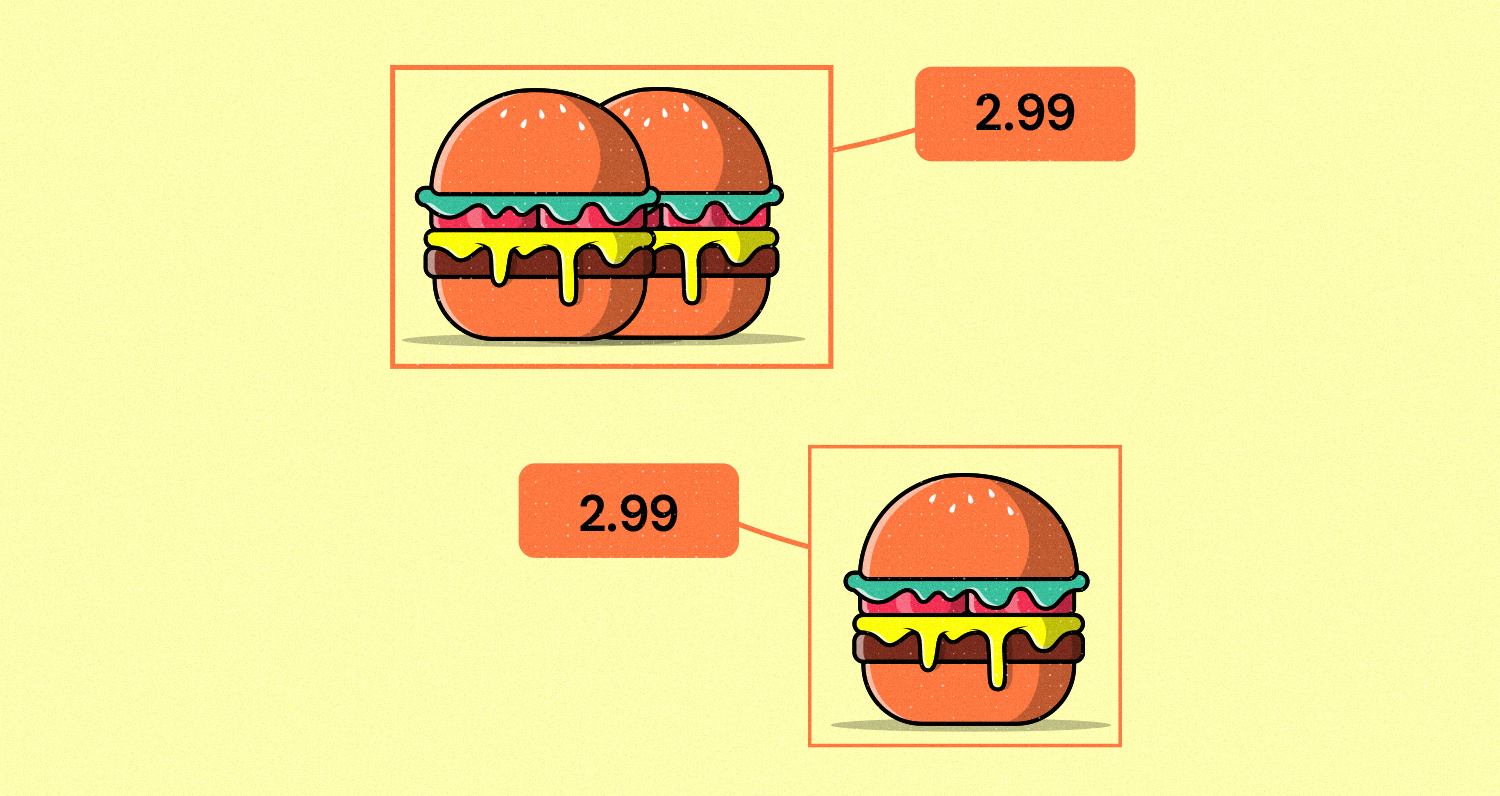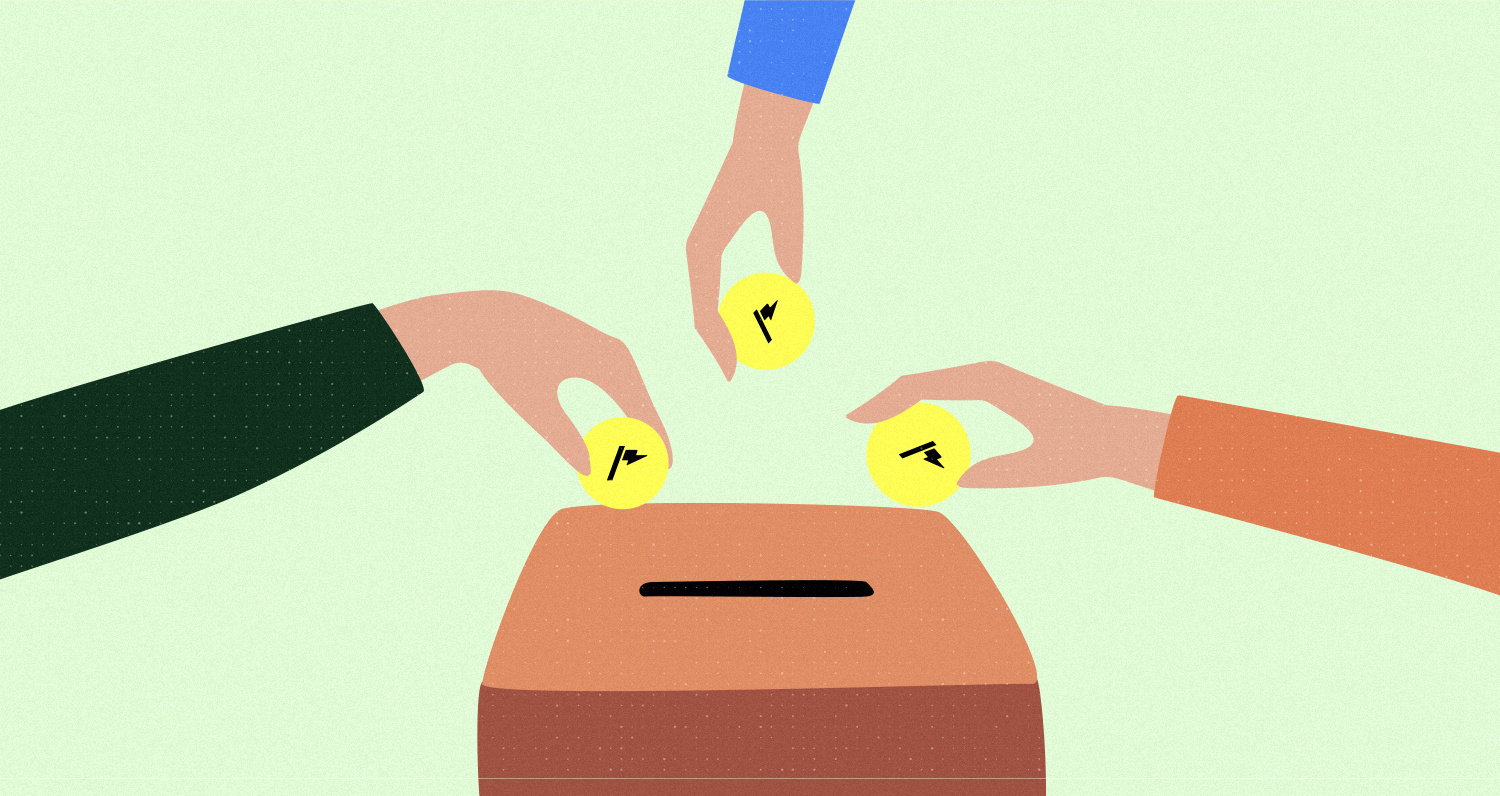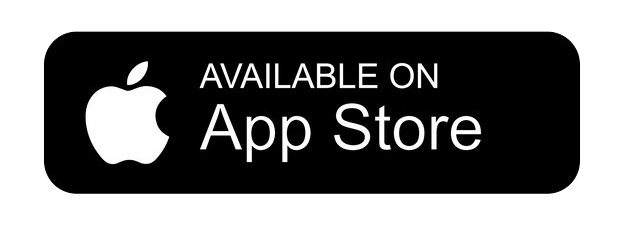Investing in a mutual fund is a great option to build a diversified portfolio. Yet, before investing in one, it’s important to understand the pros and cons that they offer. Here’s a more detailed look at both the positives and the negatives. Buckle up.
Why are mutual funds a good catch?
Investing with a pro
Mutual funds are a great option if you are a first-time investor, as you will avoid going through the hassle of managing your portfolio and choosing the stocks worth buying. This means that they have significant knowledge and have done extensive research to set a strategy to set you up for success.
Diversification
Diversification is a golden rule when investing because it drastically reduces your risk by mixing investments within a portfolio. By buying into a mutual fund, you immediately reach your goal of diversification as MFs typically invest in different asset classes and/or different industries. This is easier than buying each security separately and trying to diversify your portfolio.
Liquidity
Liquidity is the ability to transfer an asset into cash. Mutual funds generally give you high liquidity compared to other investment options like certificates of deposit (CDs), which is a product that holds a fixed amount of money for a fixed duration in exchange for interest.
Sounds cool, I know. Yet, the money you put in a CD must remain untouched for the entirety of the fixed duration, or you risk losing interest, which makes CDs a low-liquidity investment option. And since you can withdraw your money from a mutual fund in a short period of time (daily or weekly), it is considered a high-liquidity investment.
Passive investing
Mutual funds give you a front-row seat at the perks of passive investing. The latter is an investment strategy that involves less buying and selling, it’s a buy-and-hold mindset that aims to make profits in the long run. A great example of passive investing is index mutual funds. Yet, it’s important to note that passive investing doesn’t apply to all funds, only the ones that follow an index (Eg: EGX 30, etc.)
What are the possible drawbacks?
Missed opportunities
It goes without saying- investing in a mutual fund helps you diversify your portfolio and reduce risk. Yet, it can also prevent you from making big profits. Since diversification reduces risk, it also reduces rewards. Let’s say that you put EGP 1000 in a mutual fund that invests in different stocks, including a Juhayna stock. Your friend simultaneously bought a number of Juhayna stocks worth EGP 1000.
If the Juhayna stock skyrocketed, the returns you would gain from that stock would be much lower than your friend who had invested all his money in that individual stock. Similarly, if the price of that stock went down, your losses would be smaller than your friend who had invested it all in that individual stock. As the famous rule goes: the higher the risk, the higher the reward, and vice versa.
Asset manager fee
Since you are buying a fund that is run by professional investors, you will need to pay an annual operating fee known as the expense ratio. The fee is a percentage of the fund which ranges from 1-3%.
The Wrap-up
Now that you understand the pros and cons of a mutual fund, the next step is to choose a mutual fund.
Short term goals
- Paying off your credit card
- Increasing your salary
- Buying your mom that gift she deserves
- Saving up for a vacation in Europe
- Creating a source of passive income
Long term goals
- Buying a house
- Starting a successful business
- Not having to work for money
- Saving up for retirement

Putting your plans to action
The next step is to create an action plan, to help you turn these goals into reality. A great method to use when coming up with objectives is to ensure that they’re SMART.
Specific – I want to start my own business, and the starting cost is $12,000
Measurable – I want to save $6000 per year, which is $500 per month, and $16.4 per day.
Achievable – My budget includes $800 of disposable income per month, which allows me to afford putting in $500 per month.
Relevant – I have the skills and expertise to start this business, and according to my income and expenses this past year, I should be able to afford putting in this money.
Time-bound – I want to save $12,000 to be able to start my business in 2 years.
After doing this for all your goals, you then need to stick to this plan, measure your progress, and celebrate your achievements. This plan will act as your map, allowing you to take small but intentional steps in the right direction.











